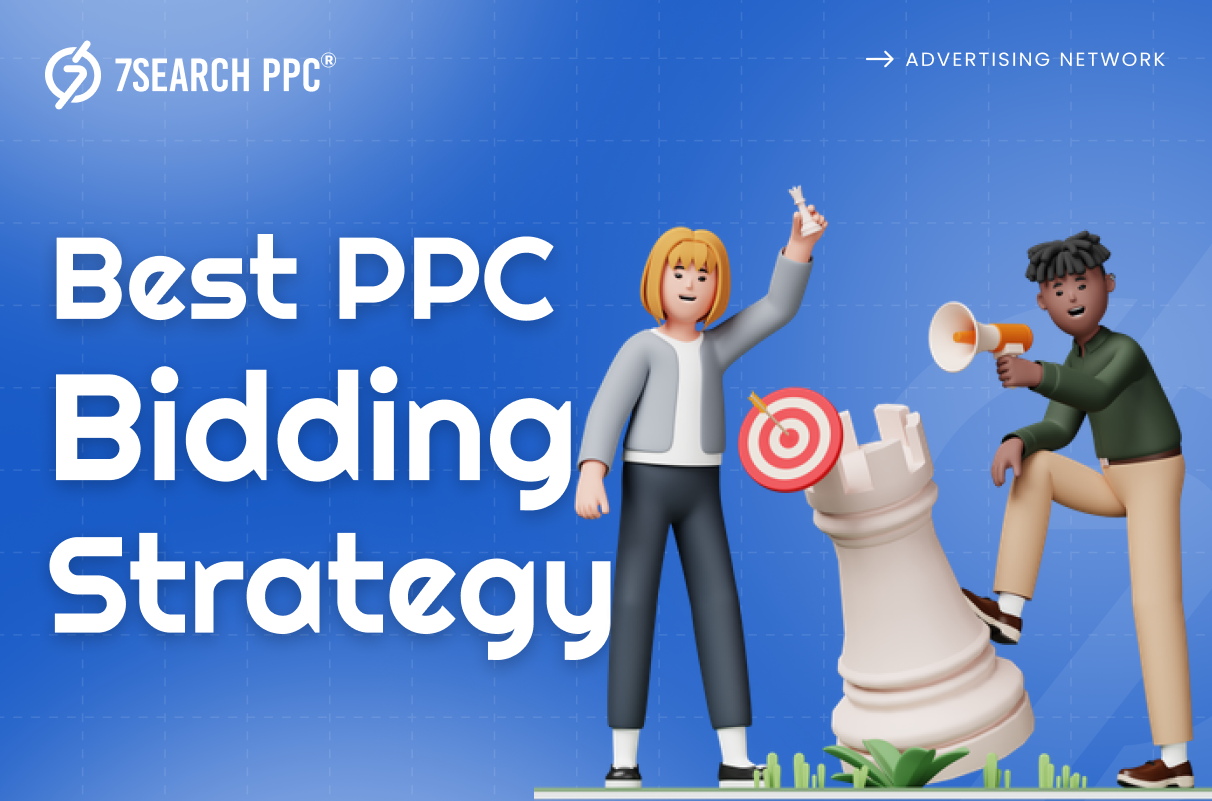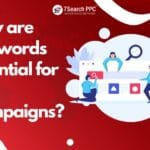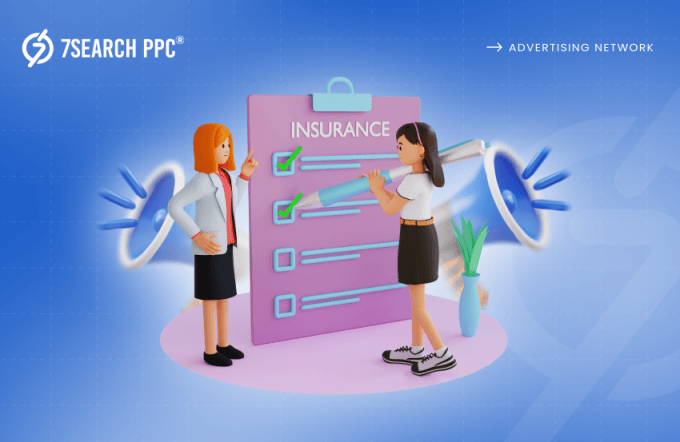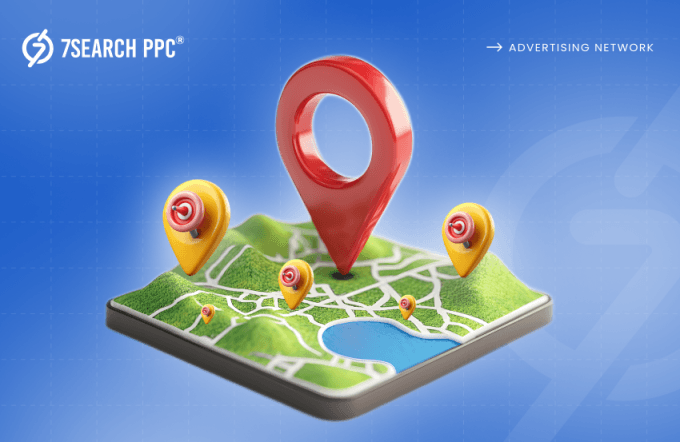Do you know the best bidding strategies involved in a PPC Advertising Campaign? To understand the best PPC bidding strategy, you should have to be aware of each strategy’s objective. And you should also know what the pros and cons of an individual bidding strategy are.
Let’s start with a crucial part of PPC advertising which is determining what to pay per click. To know what to pay per click, you will have to learn the various bidding strategies.
The critical part of choosing the best PPC bidding strategy is to understand the bidding strategy’s primary objective on which each bidding strategy focuses.
The other important thing to know about the PPC bidding strategy is the bidding strategy’s functionality. The pros and cons are also playing a vital role in bidding.
Once you get familiar with these three points, you can use a bidding strategy according to your need.
Bidding Strategies are Divided Into Three Prominent Families:
The first one is smart bidding which is a conversion-based strategy; the second is Auto bidding which is a function-based strategy, and the last one is manual which is human-based.
Let us now analyze each bidding strategy and list its positive and negative effects.

Portfolio Biding Strategy
Objective
A portfolio bid is an automated PPC bidding strategy that can help you optimize bids across multiple campaigns. As a result, you can reach your goals and change your bidding strategies for all your campaigns in a single place. With the portfolio bid tool, you can save your precious time in planning other vital strategies.
Function
Here are some of the important functions of portfolio bid strategy:
- The most important role of a portfolio bid is to maximize clicks on your website according to your set budget.
- You can add the target CPA rule in the portfolio bid strategy which gives you more control over your automated bidding.
- You can target return on ad spend(ROAS), as it helps you to receive high conversion value.
Pros of Portfolio Bidding Strategy
- The comprehensive reporting for all campaigns sharing the portfolio bid strategy is convenient and efficient from all these strategies.
- This strategy also allows you to set a maximum cost per click.
Cons of Portfolio Bidding Strategies
- Maximize conversions and maximize conversion value bid strategies are barely performing in campaigns.
- You can not set a maximum cost-per-click limit with these new strategies.
Target CPA
Objective
The target cost-per-action strategy is suitable for a legacy campaign, but it is not useful for exploring new services or fresh accounts.
Function
The Target CPA approach allows Google Ads to use the set daily budget that automatically sets bids while driving as many conversations as possible at the requested CPA. Some conversions as possible at the requested CPA. Some modifications may cost more or less than your target.
Pros of Target CPA
- Target CPA can be set at either the campaign or portfolio level, which means there will be no individual types of keyword bidding strategy for you to adjust.
- A minimum of 60 days of conversion tracking and campaign running are recommended to hit the CPA.
- A minimum of 15 conversions are suggested for the learning phase.
- Google no longer requires a set number of conversions in 30 days to run.
Cons of Target CPA
- The volume will get impacted as the ad network passes up potential prospects to bring you conversion at your requested CPA.
- It takes time for your campaign to learn before the automated binding, not for under-bid.
- It needs conversion tracking working.
Target RAOS
Objective
Target return on ad spending (RAOS) bid strategy gives Google the power to spend the daily budget and set bids automatically while driving as many conversions as possible to achieve your RAOS.
Function
Since RAOS focuses on conversion volume and value, it is a heroin bidding strategy. The prerequisite of this strategy is setting up conversion values for each conversion.
Advertisers set a RAOS goal instead of a CPA goal.
Google requires at least 15 conversions in 30 day period to run.
Pros of RAOS
This PPC Bidding Strategy enables more seamless reporting through profit entering the equation.
In RAOS, the budget is invested in doing the best, balancing volume and ROI.
There is no requirement for hundreds of conversions for making it accessible to lead gen.
Cons of RAOS
- Target RAOS may not be the right choice for newer businesses.
- Requires a better understanding of business operations to give conversion values.
- Target RAOS can not be used right away because it requires conversion.
- If the RAOS budget, goal, and targets are not aligned, the RAOS strategy will overspend.
Maximize Clicks
Objective
Maximizing clicks is a bidding strategy used to generate clicks as much as possible within your specific budget. This strategy is suitable for highly-converted conversion campaigns and brand campaigns.
Function
This bid strategy is used to increase clicks in all campaigns by Google Ads. This type of plan should be chosen carefully and must map with your goals. Maximize Clicks bidding can be used with CPC to spend additional budget remaining after manually managed keywords have spent all they can.
Pros of Maximize Clicks
- This bidding strategy allows you to force spending to reach a specific amount.
- Work with manual CPC bidding to ensure the budget is spent.
- It can maximize traffic to your website.
- It is the most effective way of generating traffic on your site.
Cons of Maximize Clicks
- This bidding technique can not control traffic quality.
- The result of this strategy is less meaningful.
Maximize Conversions
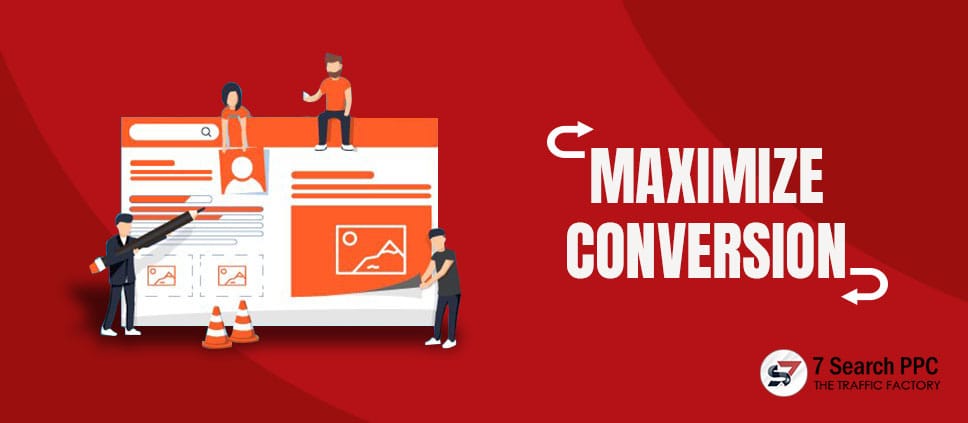
Objective
The primary purpose of maximizing Conversion bidding is to drive maximum conversion, regardless of cost or value per lead.
Function
The ad network will attempt to drive conversion within a given budget as much as possible. Google uses advanced A.I. to improve bidding with this bidding strategy effectively.
Pros of Maximize Conversion
- This bidding strategy balances value and volume.
- This bidding strategy shows remarkable consistent growth.
- The conversion threshold is not required for this strategy.
Cons of Maximize Conversion
- Due to the double-counting of conversion, this strategy may miscalculate the budget.
- For RAOS, this bidding strategy will spend the budget with no consideration.
- The setup of conversion action is necessary for this bidding strategy.
Target Impression Share
Objective
This bidding strategy aims to achieve the desired impression share in the desired location within the budget.
Function
This bidding strategy, the percentage goal, and the location are asked from the advertiser. For example, the advertiser should be careful to choose at least 60% at the top of the page. The bid cap must not exceed 10% of the daily budget.
Pros of Impression Share
- The campaigns requiring high impression share can be on “autopilot.”
- This bidding strategy lets you learn whether the desired keyword concept fits the budget.
- This bidding strategy is helpful for mobile-oriented campaigns to secure ideal placement.
Cons of Impression Share
- This technique doesn’t focus on clicks or conversions.
- There is a risk of a bidding war on unproven terms in this bid.
- This bid leads to low volume or no volume if the target is not aligned.
Manual Bidding
Objective
It is an advertiser-controlled bidding strategy. Advertisers get leverage of bid adjustment over bidding goals in it.
Function
In this bidding strategy, the Ad manager sets the bids manually at the keyword level, and the bid stays the same until the advertiser changes them. In this bidding strategy, the advertiser can access the following bid adjustment:
- Device
- Audience
- Location
- Time
Note that most bid adjustments are only available as exclusions or adjust the TCPA/ROAS on auto bidding.
Pros of Manual Bidding
- This bidding gives complete control to its users.
- Audience bid adjustment allows for precise message mapping.
- Don’t worry about it; there is no official learning period.
Cons of Manual Bidding
- There is a lot of time-consuming manual work to monitor and update the bids.
- This bidding is easy to overbid by including many bid adjustments since they are cumulative.
Conclusion
We hope you’ve learned all the bidding strategies discussed in this article. With these Best PPC Strategies, you can choose to grow your business. So, what are you waiting for? Grab this opportunity.
FAQs
What is a bidding strategy?
Ans. A bidding strategy comprises different campaigns, such as manual and automatic campaigns that help you fulfill your desired goals. Bidding strategies allow you to target your goal according to your set budget.
What is PPC brand bidding?
Ans. PPC brand bidding is the act of bidding on branded terms and keywords of any famous brand that can be your competitor. Bidding on someone else’s most popular brand term can bring even more traffic to your website. Brand bidding is a common technique that affiliate marketers use to benefit from some famous brands.
What is a keyword bidding strategy?
Ans. When advertisers use a strategy or different strategies to bid on the most ranked keyword among their competitors, it is popularly known as a keyword bidding strategy. Bidding on the most ranked keywords is an effective way to grow your business and gain an overall benefit for your business.
More Resources
How To Use Auction Insights For A Better PPC Competitor Analysis?
Which Are The Most Popular PPC Tools for PPC Campaigns?

